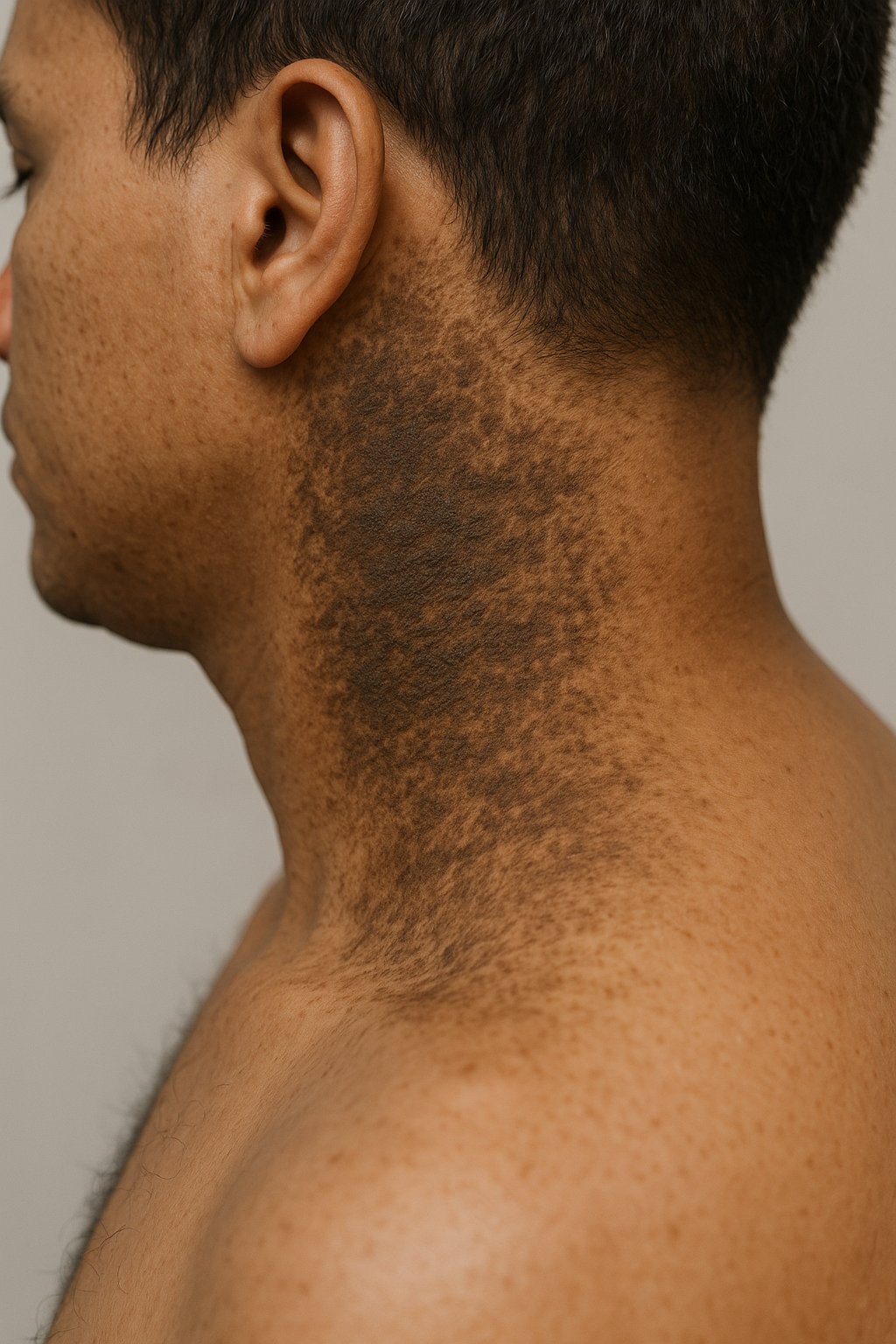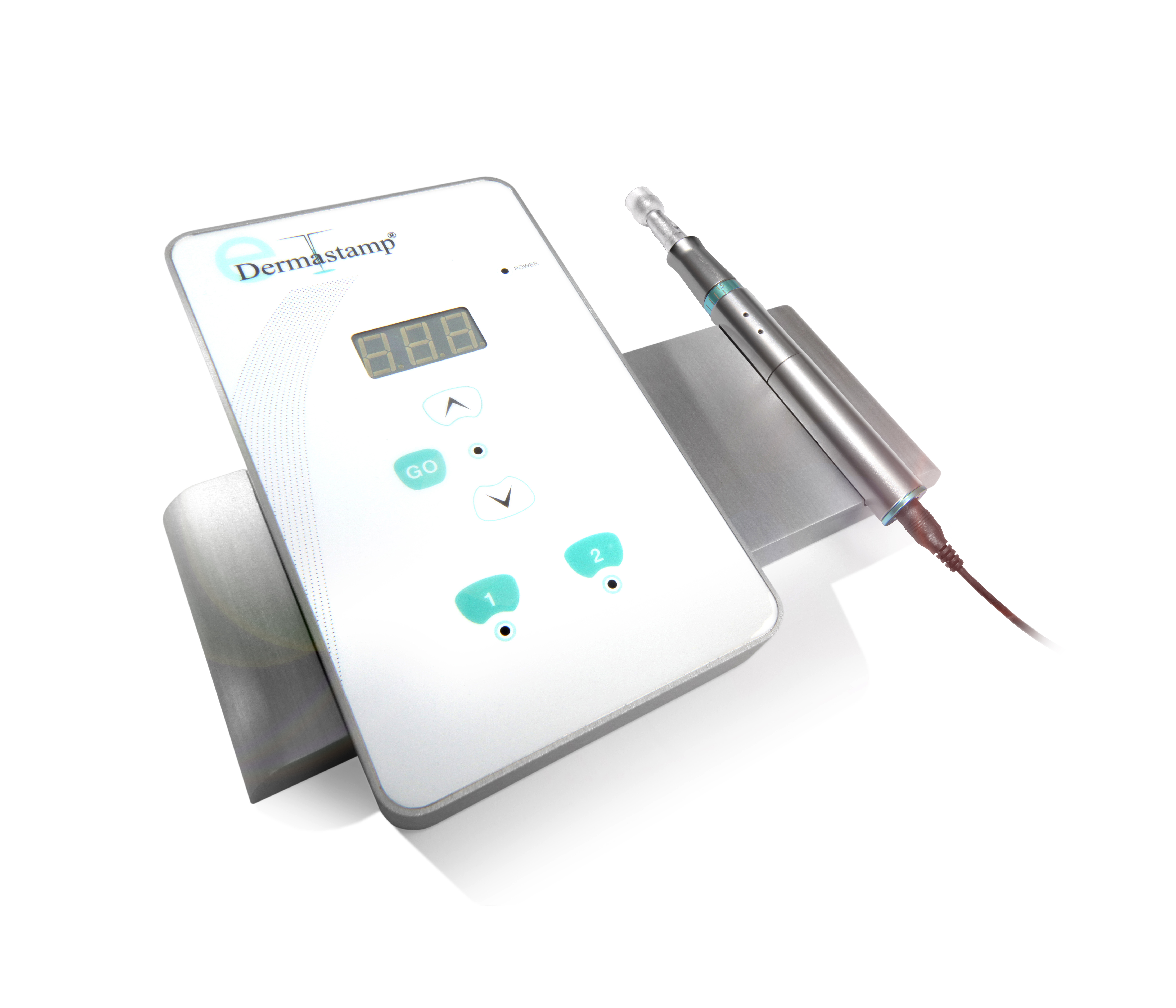Treatment Options for Vitiligo
Vitiligo refers to the condition of an acquired skin disorder, in which pigmented cells, melanocytes, get lost. It appears as well-defined milky white patches on the skin. The common sites of vitiligo are usually the exposed areas, such as face, neck, nostrils, eyelids, fingertips, and toes. Moreover, it also appears in body folds like armpits and groin. Vitiligo also favours sites of injury, including various cuts, scrapes, acne, sunburns, and thermal burns.
The treatment of vitiligo is very complicated and even may carry the unsatisfactory results. The regimentation treatment is considered to be the most successful for affected face and trunk. On the other hand, hands, feet, and areas with white hair respond quite poorly. Newly formed patches respond much better to treatment than the older/longstanding patches.
The general measures for reducing vitiligo is to minimize skin injuries by wearing protective clothing. It is also recommended to avoid potential sun exposures by staying indoors during sunlight’s peak, wearing sun-protective clothing, and applying the SPF 50+ sunscreens. That is because the fair skin can easily burn during exposure to ultraviolet (UV) radiation instead of getting a tan. Sunburns tend to trigger the spread of vitiligo. The tanning of normal skin makes vitiligo patches to be more visible.
Vitiligo can also be treated with a course of topical treatments. For example, corticosteroid creams can be used for reducing vitiligo on areas of trunk and limbs for up to 3 months. The type of potent steroids should be avoided on thin-skinned areas of the face, neck, and armpits.
The calcineurin inhibitors are usually used to treat affected eyelids, face, neck, and armpits.
Phototherapy is also a great method that helps to reduce the vitiligo patches on the skin. It is a treatment method that incorporates the usage of ultraviolet (UV) radiation. Phototherapy is successful in treating vitiligo due to two mechanisms. The first mechanism is immune suppression, which helps to greatly reduce the destruction of melanocytes. The second mechanism refers to the stimulation of cytokines which is a growth factor.
Phototherapy treatment is usually prescribed twice a week for a period of 3-4 months. If any regimentation occurs, treatment extends for further time up to 1-2 years maximum.
Lastly, laser treatments or focused phototherapy are also recommended to reduce the depigment of small areas affected by vitiligo.
Centre for Medical and Surgical Dermatology offers various treatment options for vitiligo which are unique for every patient. For more information on the vitiligo condition, visit the following link:
Centre for Medical and Surgical Dermatology offers phototherapy treatment sessions as one of the options for maintaining vitiligo. For more information on this procedure, visit the following link:
Centre for Medical and Surgical Dermatology offers laser treatment sessions as one of the options for maintaining vitiligo. For more information on this procedure, visit the following link:
4 Comments
Comments are closed.
Related Posts




Like!! I blog frequently and I really thank you for your content. The article has truly peaked my interest.
Definitely worth reading
Great article.
I constantly spent my half an hour to read this blog’s content all the time along with a
cup of coffee.